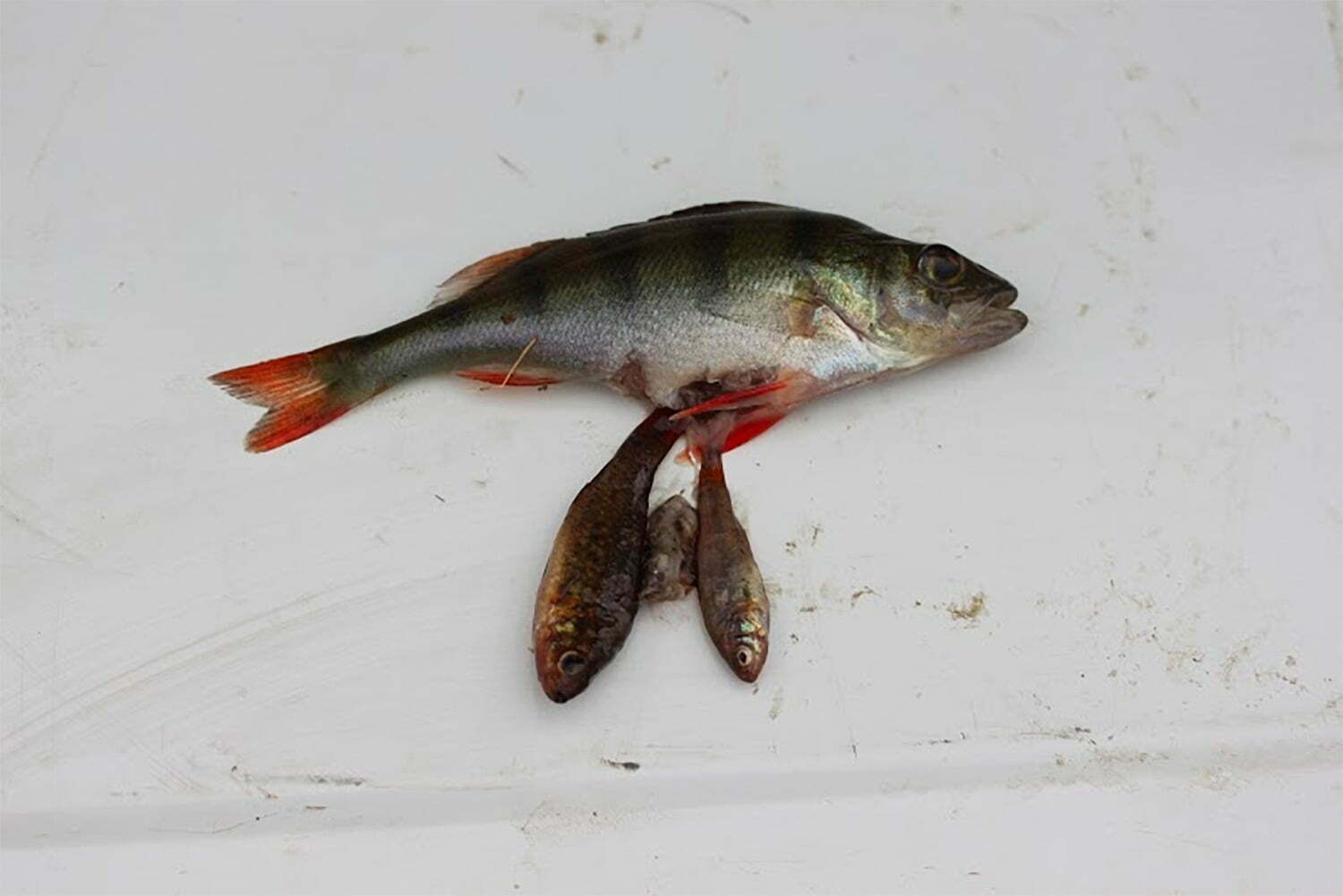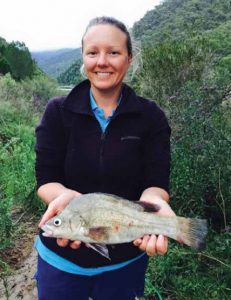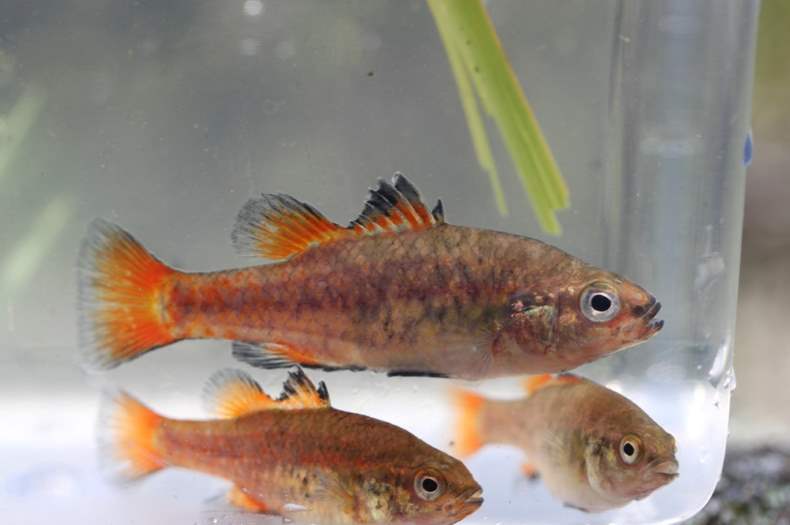
We know that healthy riparian areas mean improved in-stream health because:
- Native vegetation in and along the stream provides the leaf litter, insects and food that fish and other aquatic organisms need to survive
- Native vegetation along the stream shades the water, reducing temperatures and enabling native plants and animals to thrive
- Mixed trees, shrubs, grasses and reeds trap and filter sediment, preventing it from entering streams and degrading water quality
- Trees and wood falling into the stream provides habitat for fish and aquatic organisms
When these actions are taken we boost life in riparian areas, enabling these important parts of you landscape to fulfil their role as ‘hotspots for biodiversity’. At the bottom of this page you will find a range of resources focusing on in-stream health, we encourage you to spend some time going through them to find out answers to any questions you might have about riparian zones and in-stream health.
In addition to restoring riparian areas, the Rivers of Carbon project also tries to improve in-stream health for endangered species, with two of these being the Southern Pygmy Perch and the Macquarie Perch.
Fish Surveys:
“Habitat makes Fish Happen’ and we have been fortunate to work with native fish expert, Dr Luke Pearce from the Department of Primary Industries. Luke has undertaken surveys across Rivers of Carbon sites to see how native fish are doing in response to changed habitat as a result of riparian restoration. In the southern tablelands of New South Wales we have a big problem with the exotic European Carp and Redfin taking over much of the available habitat and decimating our native species.
Luke has noticed enormous changes in the riparian zone condition of the Yass River and these changes have positively impacted on fish populations, with Murray cod, Golden perch and the Southern pygmy perch all present in some river reaches. This quote from Luke really sums up why we do what we do, and the success of the Rivers of Carbon Yass River Linkages project in contributing to healthy rivers and inspired communities.
“There has been an incredible transformation in some sections of the stream from a willow clogged, stagnant mess, to a stunning looking natural Australian river system, complete with large complex wood debris, fantastic riparian vegetation, pools, riffles, cobble beds, fringing and submerged aquatic vegetation, ideal habitat for all manner of native fish.”
Saving the Southern Pygmy Perch
We have been paying attention to a special little threatened fish called the Southern Pygmy Perch. Working with Luke we have established a couple of populations of Southern Pygmy Perch in the Blakney Creek and Pudman Creek. To protect one of these populations from carp and redfin, we constructed a large rock wall – not even carp can get over it! You can read more about this project in our blog post entitled ‘Alien fish stopped in their tracks’. The wall has been successful in protecting the Pygmy population and we have the great news to report that we have self-sustaining populations with a range of ages showing that breeding is occurring and young are surviving to adulthood.
One of the great things about fish is that they attract interest from lots of people, with many different backgrounds. We now have local landholders aware of the threatened species that live in their waterways, they have an affinity with and for them, where as previously they did not even know they existed. This has allowed for ongoing targeted management aimed at maintaining and improving these populations of threatened species that would have otherwise gone largely unnoticed and unassisted.
We have written a number of stories about our work with the Southern Pygmy Perch that you can access here:
- Saving the Southern Pygmy Perch
- Farmers helping to save the Southern Pygmy Perch
- Southern Pygmy Perch breeding in Pudman Creek
- RipRap Edition 34 – Bringing Back Native Fish – Community efforts save a small fish
- Feeling Fishy Field Day
- Feeling Fishy at the Yass Gorge

Prue McGuffie with a Macquarie Perch at RoC’s Scottsdale site.
Macquarie Perch
Another fish we are working had to protect is the Macquarie Perch, with our work focusing on this species in the Upper Murrumbidgee River. We are fortunate to be working with another terrific fish scientists Prue McGuffie and her work to ‘bring the Macca Back’ has been the subject of a number of articles as well as a separate webpage. To find out what we are doing follow the links below:
- Maccas on the move – spawning success on the Murrumbidgee
- Reaching for recovery of the Macquarie perch upper Bidgee riverside field day
Talking Carp
The issue of carp in our waterways is immense, this species are doing so much damage to our waterways and native fish communities. Rivers of Carbon has been doing work in managing carp – full update coming soon.

